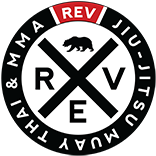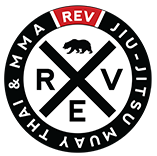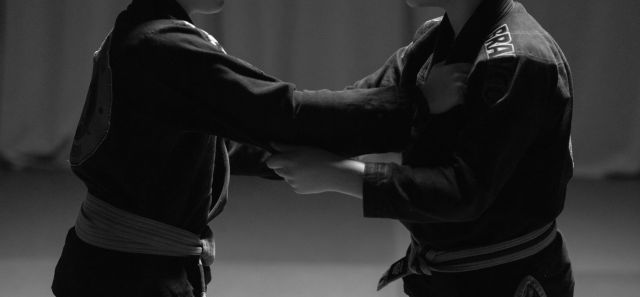Top Principles to Learn In Your First Year of Training (Part 2)
Continuing from part 1:
- Survival on the Bottom
When you first begin sparring, you’ll discover that the old adage “No plan of action survives first contact with the enemy” is all too true! If you are rolling with higher belts you will very likely end up on the bottom, defending an onslaught of submissions. You just need the tools to survive, and look to escape. If you lack the proper posture from the bottom, your opponent will always be able to control you from the top. You will quickly become exhausted from defending.
I observed one new student who did not yet know where to safely position his arms when on the bottom of side control. His arms were constantly vulnerable to attacks from the top, and in addition to being stuck on bottom, he was getting submitted! A little direct coaching on how to create a defensive posture by framing his arms—and he was able to start escaping and get to the top.
- Posture on the Top
Maintaining top control isn’t just about base and posture, but they certainly are the first priority! If you have a poor base, you will constantly be getting swept and fighting from the bottom. Posturing in the guard, keeping your arms in a safe position, and having a low, solid base are the starting points for any passes that you want to work.
Recently, I watched an inexperienced student trying to break a closed guard. They were trying to hand fight and continually having their head pulled down—breaking their posture—and fending off a succession of triangles and armlocks, before eventually losing balance and being swept onto their back. Before the next class, I took the student aside and showed where to place their hands correctly, safe from armlock attacks. I reminded the student to keep their hips low and base wide. The difference in their ability to maintain balance and keep the top position was immediately noticeable in their very next roll.
Learning Fundamentals includes everything mentioned above, but this is by no means a comprehensive list of things a first year student needs to learn. That being said, this list will help you allocate your focus to address the most common challenges in the first year of training.






Leave a Reply
Want to join the discussion?Feel free to contribute!